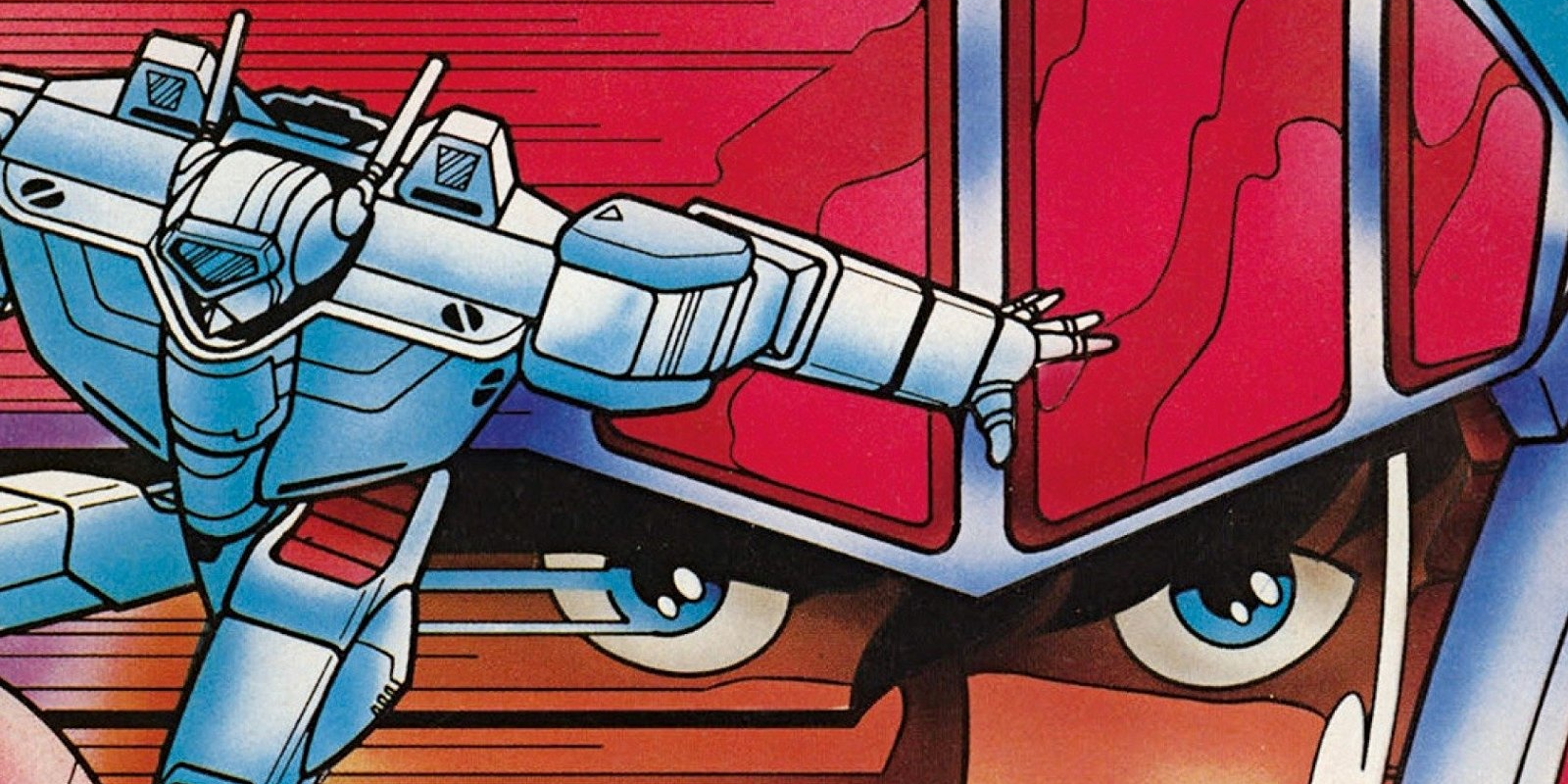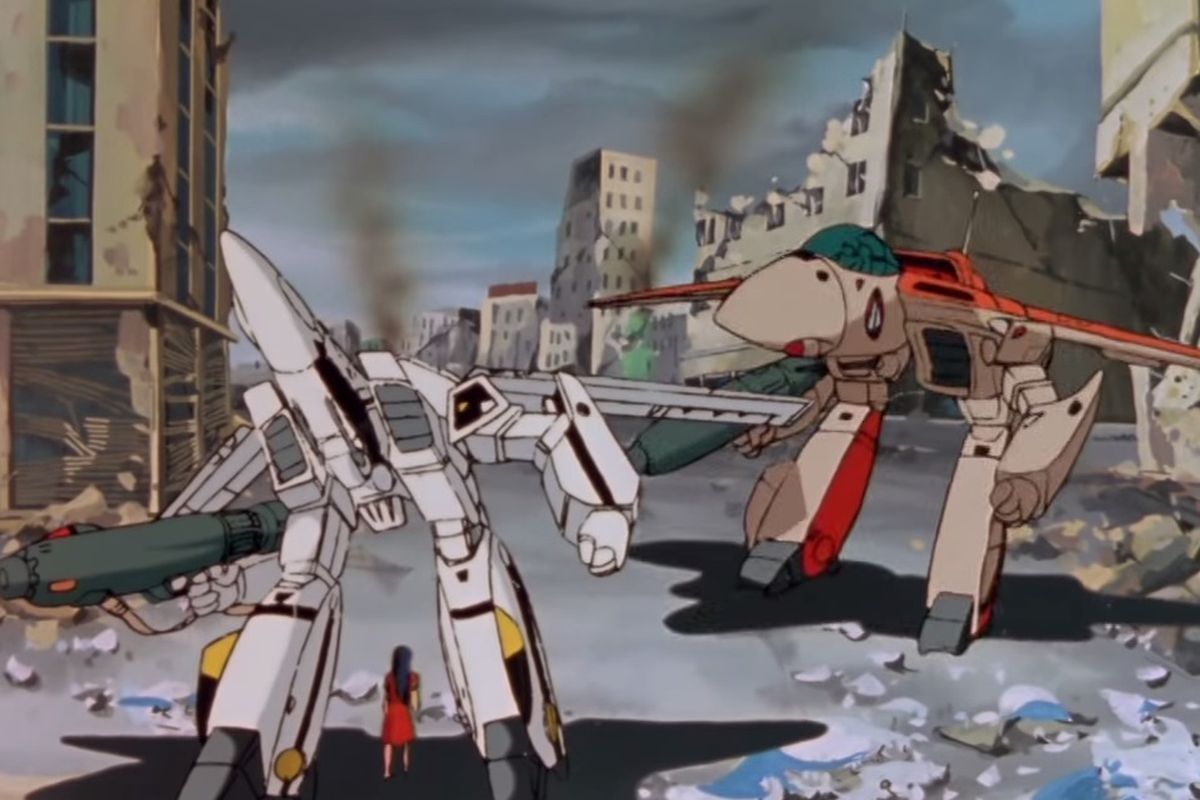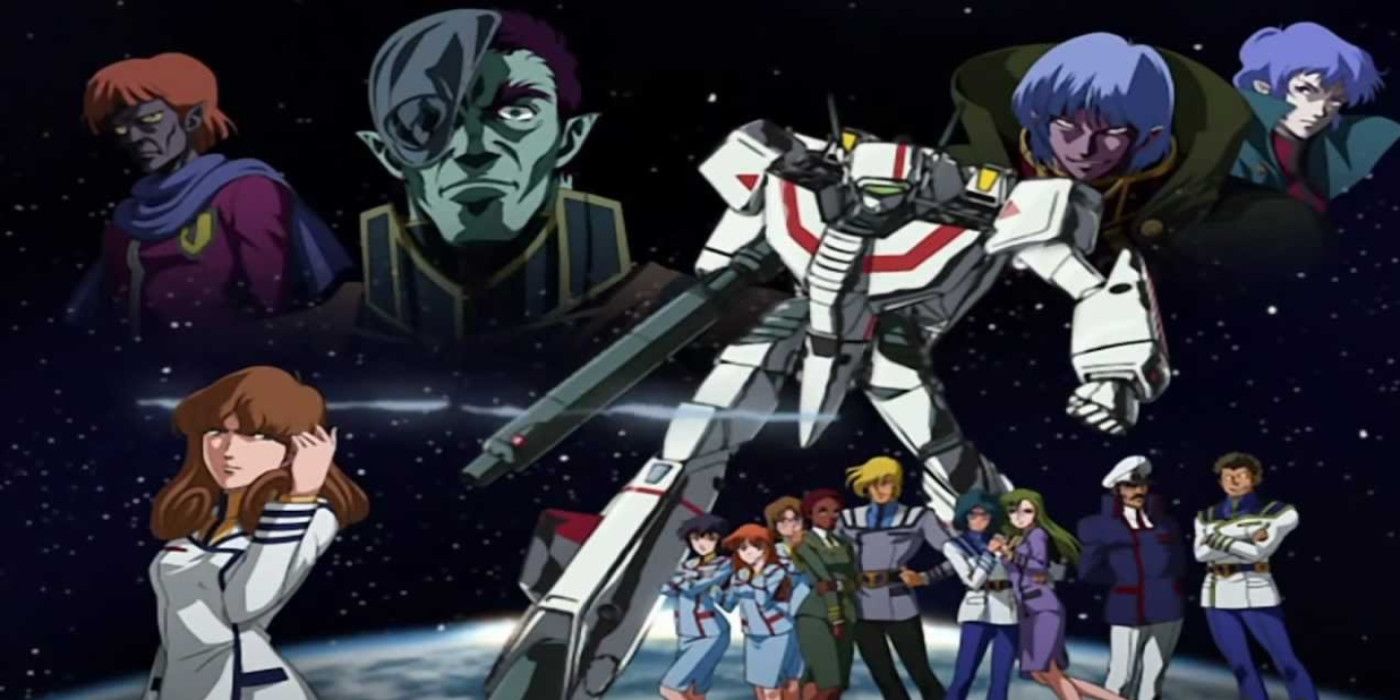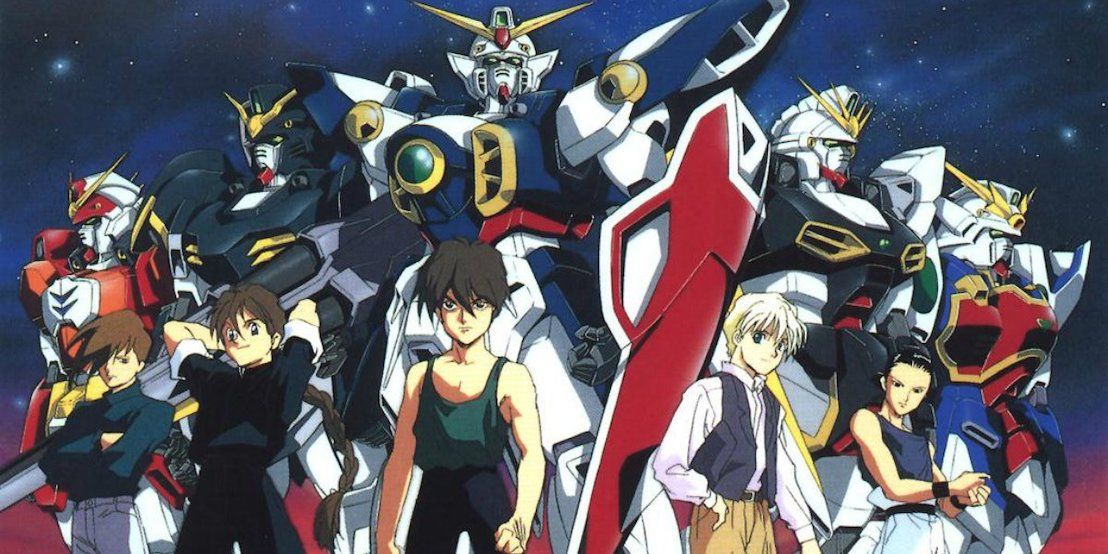March 4th marks the 35th anniversary of the classic TV series, Robotech. For many, Robotech offered a view into the world of Japanese anime, and caught many kids' attention by offering some of the most traumatic, disturbing violence in animation.
While the show might seem tame when compared to the likes of Berserk, Genocyber, Akira, or even Super Dimension Fortress Macross (one of the series from which Robotech was created), Robotech provided children across America a glimpse at brutal, military sci-fi where no souls were safe. Thanks, in part, to its dark subject matter, Robotech gained a cult following that has remained loyal to the franchise for 35 years. Without Robotech, modern anime fandom would be in a very different place than it is today.
Robotech Was A Stitched-Together Anime
Anime used to be subjected to extreme censorship in the U.S. Most are familiar with how 4Kids' Yu-Gi-Oh! and One Piece censored guns and cigarettes, how DiC and Cloverway's Sailor Moon censored its queer cast, and how early broadcasts of Dragon Ball Z, whenever possible, concealed explicit violence. However, in even earlier days of modern anime fandom, it was common practice to cut up and re-edit multiple anime together in order to tell an original story tailored for Western audiences. This is how Voltron was first repackaged.
With Robotech, however, Harmony Gold and producer Carl Macek argued that the re-editing Robotech was practical. Practices pertaining to weekly syndication in America required that shows provide a minimum of 65 episodes, with at least five episodes aired each day, five days a week. Each of the three individual shows that make up Robotech (Super Dimension Fortress Macross, Super Dimension Cavalry Southern Cross, and Genesis Climber MOSPEADA) were all far too short to fulfill the requirement. Harmony Gold decided to use the three shows to create a multi-generational conflict between humanity and various alien invaders, with humanity increasingly developing its technological capabilities to wage war.
Along the way, the human race uncovers a secret energy source known as protoculture. They learned that multiple alien cultures see mankind as perhaps the only source of this energy in the universe. The series was followed by Robotech: The Movie, which incorporated footage from Megazone 23.
Robotech Revealed The Horrors of War
On the surface, Robotech's plot sounds similar to other '80s action shows. Many series during this era focused on paramilitary groups or governments opposing invading forces, such as with G.I. Joe or Transformers. What truly set Robotech apart from the competition, however, aside from the generation spanning conflict, was the relatively realistic portrayal of violence and warfare throughout the series. Or, at times, just sheer unrelenting violence.
Robotech, in its first season, brings advanced alien warfare to Earth and humanity barely limps away. On screen, there are billions of deaths. Humanity is burned and roasted away. Only 70,000 Earthlings survive the end of Season 1, with the rest of the series showing how humans survive with their numbers greatly reduced. What made this even more disturbing to children watching the series, we see children -- some as old as two or three -- dying on-screen.
We do not see explicit gore in the series, but we see characters who we grow attached to die, one by one. This is upped in the second season, when just about every major character dies, sometimes in a brutal fashion. Many children of the '80s saw Transformers: The Movie as a jarring, violent cartoon film. For fans of Robotech, however, violence like that was not unusual -- it was the norm.
The world presented in Robotech is one of wanton destruction and nihilism. No one "good" is safe from harm. Sometimes, victory leaves the victors just as bloody and broken as the losers; there is no guarantee the world as we know it will survive.
Robotech Was An Entry Point into Anime
Robotech, despite not being a straight adaptation of any one of the anime it assimilated, is, in many ways, the perfect embodiment of '80s anime as a whole. The series featured complex discussions about war its devastating cost, all the while showing spectacular sci-fi mecha and military action. For American fans, this was unprecedented. While we had Voltron and Transformers (both released in 1984), Robotech utilized more realistic and scientifically plausible mechanical designs and weaponry. On top of using realistic weapons, it also featured the realistic end result of using said weapons: merciless death.
However, for seasoned anime veiwers, stuff like Robotech was par the course. The most noteworthy mecha series to compare to Robotech is the decade-spanning anime franchise, Gundam. Starting in 1979 with Mobile Suit Gundam, Yoshiyuki Tomino's franchise similarly highlighted the devastating cost of war, both on the psyches of those who fight in it and the lives of innocents lost in the crossfire.
But while Gundam is the most noteworthy mecha series of the time, the franchise didn't properly take off in America until Gundam Wing was released on Cartoon Network's Toonami block in 2000. The series, which was aired in-between reruns of Robotech, proved incredibly popular, offering fans a taste of what was to come. On top of that, as the various series that comprised Robotech became available in their original format, fans of the anime would flock to see what had been re-edited to create their favorite weekday cartoon.
However, beyond just that, fans living in the '80s would soon become familiar with edgier anime thanks to the VHS releases of Japanese anime. SyFy, then The Sci-Fi Channel, would also air adult-focused anime that appealed to anime fans who grew up with Robotech. By this point, the kids who were seven or eight watching Robotech were now teenagers, and thus seeking out more adult content in a similar vein.
In this sense, Robotech became the perfect foundation upon which '90s anime fans who loved films like Akira and Ghost in the Shell could stand. All of these series incorporated shocking depictions of war and violence. The only difference between Robotech and, say, Neon Genesis Evangelion was that there was no censorship incorporated when showing the brutality of war.
Robotech is emblematic of its time and era. It's a product of '80s anime, but also something that helped pave the way for anime in the West in the future. There's a reason why, 35 years later, new material is still created for Robotech. It's a cobbled-together project that should not have been nearly as brilliant as it is.




